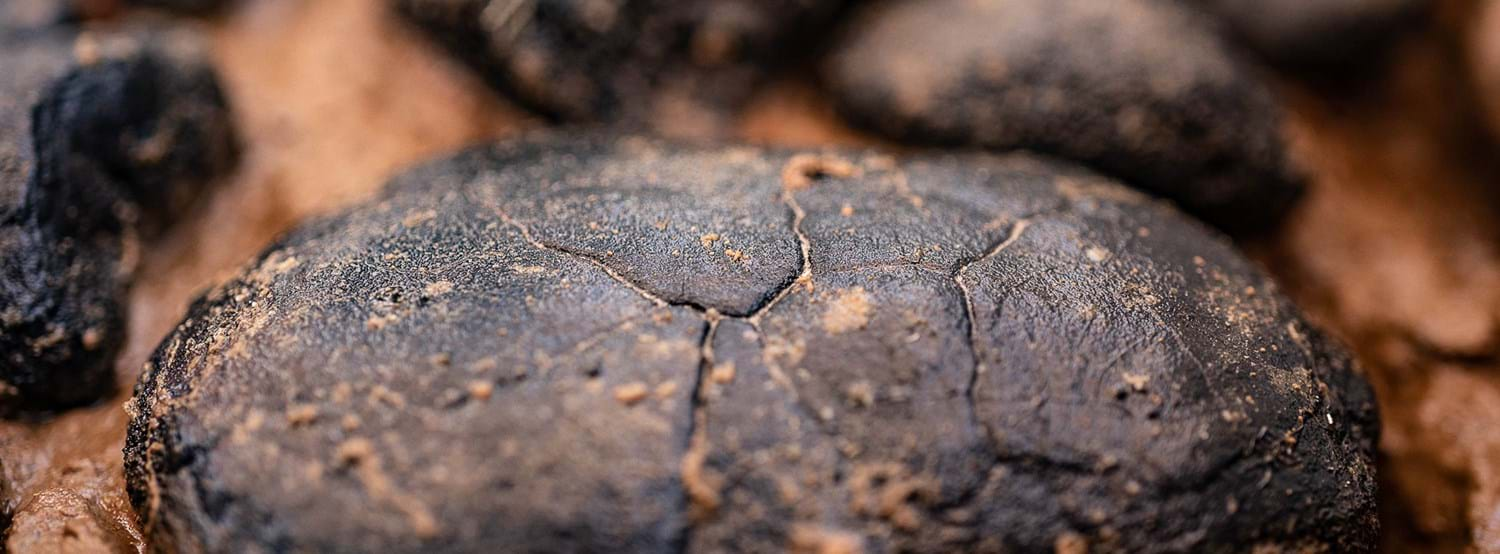Types of Marine Minerals

We use the terminology Marine Minerals for all types of minerals located at/in the seabed, hence referred to as seabed minerals by many.
We focus on deep-sea mineral deposits, which can be grouped into the following three main categories.
Seabed massive sulfides (SMS) also called polymetallic sulphides, contain copper, iron, zinc, silver and gold. Sulfides are chemical compounds of sulphur and several different elements, which are deposited in contact with cold seawater. Deposits can be found along tectonic plate boundaries along the mid-ocean ridges and active volcanic arcs.
In Norway, there are older sulphide deposits in multiple mines on land, and sulphides are currently being formed on the volcanic spreading ridge between Norway and Greenland. SMS are typically found at water depths typically about 2000 to 3000 meters water depth and are formed over thousands of years by hydrothermal activity, often know as black smokers.
Cobalt-rich crusts also called ferromanganese crust or just crust, are formed by precipitation of minerals from seawater. Crust contains iron, manganese, nickel, cobalt, copper and rare earth elements. They are found on surfaces of bare rock on seamounts and other seafloor highs typically about 1500-2500 meters water depths on the sides and tops of seamounts. Crust are located several places in Norwegian waters.
Polymetallic nodules also called manganese nodules or just nodules, can be found on the seafloor in the abyssal plains and cover vast areas of the ocean floor. Nodules contain a wide variety of metals, including manganese, iron, copper, nickel, cobalt, lead and zinc, with important but minor concentrations of molybdenum, lithium, titanium, and niobium, among others.
The nodules are “sitting” in soft seabed at great ocean depths bellow 1000 meter, typically about 3500 – 6500 meters water depths in distal parts of the oceans where there is minimal or no terrigenous sediment input. They vary in size from micro-nodules to about 20 cm, the common size being two to eight centimeters.
Nodules and crust come with very limited waste and tailings. SMS are known to have a significant higher ore grade compared to current land-based sulphide deposits.
Global map of location of different types of deep sea mineral resources by USGS.
Map over exploration areas for minerals managed by ISA.
